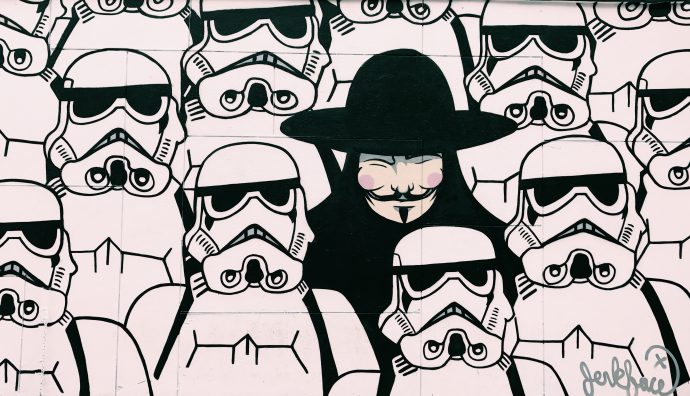After graduating in Mathematics at the Stanford University at the age of twenty, Larry Tesler began specializing in the User Interface sector, of which he is considered one of the pioneers.
Tesler was strongly convinced that computer systems should become more and more easily understandable and usable by everyone. Thus, in 1983, when he was working in Apple, he introduced the revolutionary simplification of the “copy & paste” function.
In his seventeen years as head of science at Apple – and throughout his career – Tessler has been among the leaders of the most disruptive innovations in the field of information technology and telecommunications.
Yet he is broadly known for something that we all know and that we all use. Something apparently trivial.
Something that is the foundation of our way of learning and, therefore, of communicating.
From childhood, we learn by imitation, reinforced by the surrounding conditions: “He is his father’s double / She’s her mother’s double”. Growing up, we are influenced by studies, experiences, language, people we meet.
Yet, despite everything, we are unique, because unique is the way in which the invisible part of us processes what it receives from the outside, integrates it, reformulates it and gives back to the outside.
It is therefore not that strange that adults, even talented in their professional field and on average able to manage complex activities, stepping on a tatami, move awkwardly and literally confuse right with left.
The kata-geiko (形 稽古), the repetitive training of forms is not unlike other ways of transmission of knowledge. It is no different from a mother who repeats to her child: “Say ‘mommy’” receiving back endless series of ‘blblblbabababapupbababa!!! ‘ before finally hearing those two wonderful syllables.
It is noticeable that Larry Tesler, who wished -and devoted his whole professional life to this purpose- a world of freedom thanks to the ease of use of computers, has come up with the least creative thing there could be: to copy and paste something.
It is true that, without this function, the whole news industry would collapse today, in which all the newspapers report the same words. Writing a thesis would be much more challenging, so as a technical report and many other documents.
However, besides the fact that also thanks to the spread of anti-plagiarism software we are trying to limit the shrewd use of this tool, being able to copy the content of a document helps a lot to assimilate its style , depth, and the knowledge of the subject.
What about what happens in a Dojo? On the mat, just like on a document, the understanding and the consequence of the content seen, copied and pasted on our system, will vary according to those peculiar elements that make each of us an unicum although mixed with strong standardization.
Perhaps in this perspective we understand better why in the Japanese culture, the freedom, that same freedom meant in the word jiyuu (自由), is seen with a bit of suspicion. Because, if everything we are is received from the outside, then the highest aspiration of a human being should be the harmonic cataloging of this “knowledge”. Not its impossible free reinterpretation.
Yet we know that there is something inside us. Something that keeps us awake sometimes at night. Something that drives decisions. Something that has traced paths that were thought not to exist, created art, culture, values.
This “something” reverberates in expressive freedom , provided that the child stops saying only and always ‘blblblblbbabababab !!!’ and, after “mom”, the child begins to know how to pronounce more and more words to understand and make himself understood, thanks to “copy and paste”, without which no one can step further.
Disclaimer: Photo by Jon Tyson from Unsplash

